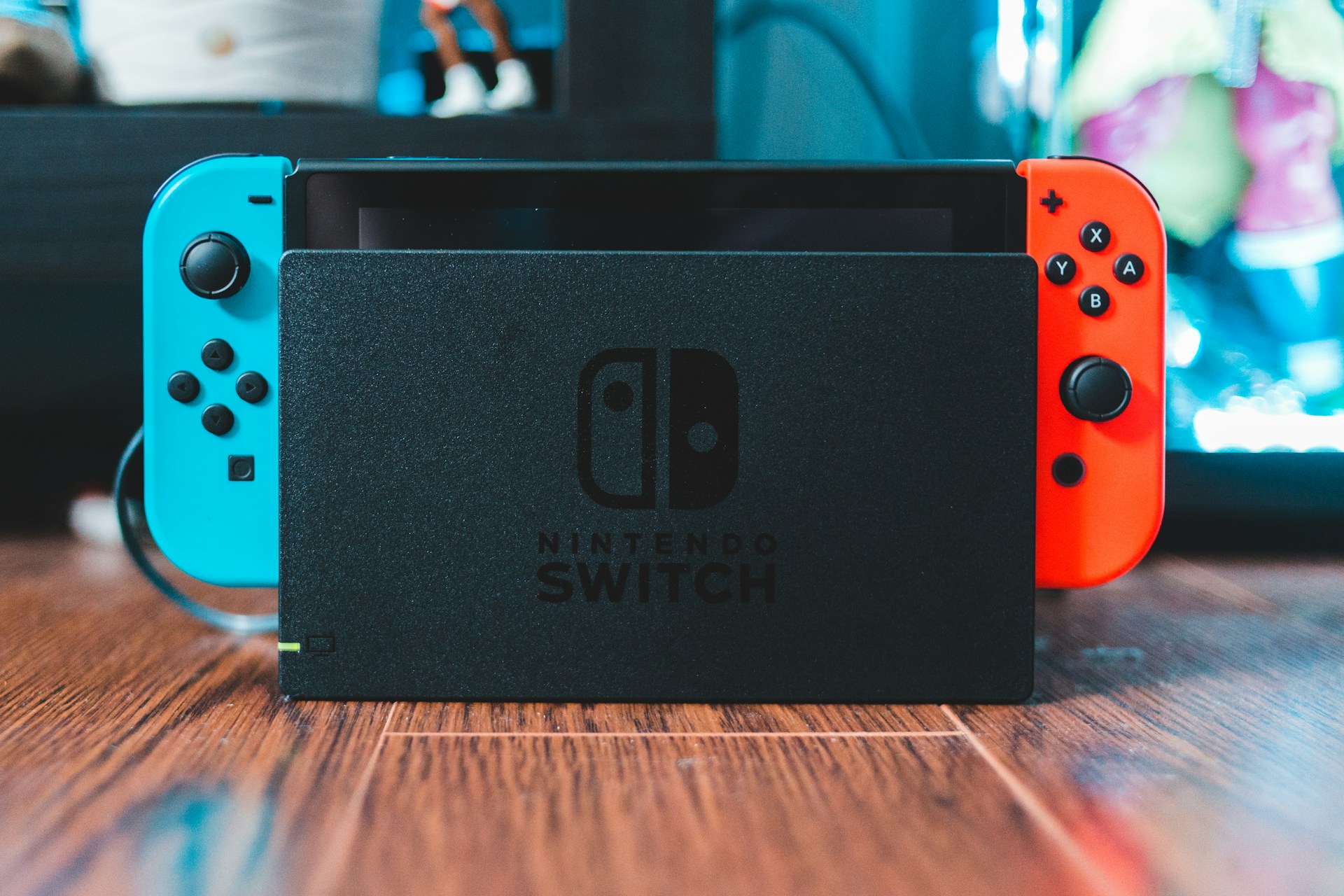Apple’s RCS Adoption: The Future of Messaging for iPhone Users
For years, Apple’s messaging system has been a point of contention, mainly due to the division between blue and green bubbles in its Messages app. iPhone-to-iPhone conversations appear in blue, offering features like encryption and enhanced media options. In contrast, messages exchanged with Android users are standard SMS texts marked with a green color, lacking the same advanced features. This division has been the subject of a Google-led campaign aimed at pressuring Apple, even drawing attention from regulators. With Apple’s recent decision to support the Rich Communication Services (RCS) protocol in iOS 18, many wonder if this will change the dynamics of messaging across devices or if it simply replaces one technical standard with another.
Let’s dive into what this change means and how RCS compares to the familiar SMS and Apple’s proprietary iMessage.
Understanding SMS
Short Message Service (SMS) is one of the earliest and most widely used mobile communication protocols. Introduced in 1992, it allowed users to send short text messages. Neil Papworth, an engineer at Vodafone, sent the first SMS, wishing his boss a “Merry Christmas.” Fast forward to 2011, and SMS had become a global standard with about 80% of the world’s mobile phone users — around 3.5 billion people — sending text messages every month.
However, SMS has its limitations. It caps messages at 160 characters and doesn’t support multimedia elements like photos, videos, or audio. To include such content, phones must rely on Multimedia Messaging Service (MMS), which has its own limitations, including small file size limits. More critically, SMS lacks end-to-end encryption, leaving it less secure than more modern messaging solutions.
Despite its aging technology, SMS has one significant advantage: it operates through the carrier’s network, not requiring a data plan or internet connection. This makes SMS a reliable fallback when more advanced messaging options, like iMessage or third-party apps, aren’t available.
What Is RCS?
Rich Communication Services (RCS) is a modernized alternative to SMS, offering features previously available only on apps like WhatsApp and Telegram. It allows users to send high-resolution images, videos, and audio clips, and includes useful functions such as read receipts, typing indicators, and group chats.
RCS, however, uses a mobile data connection or Wi-Fi instead of the cellular network, although SMS can still serve as a backup when no internet connection is available. Google’s version of RCS, which includes end-to-end encryption for both one-on-one and group chats, has been widely adopted, offering a much-needed security upgrade over SMS.
It’s important to note that RCS isn’t a replacement for dedicated messaging apps like iMessage or WhatsApp. Instead, it’s a protocol for communication between mobile carriers and between a phone and its carrier. As long as your device and carrier support RCS, and you’re using a compatible messaging app (such as Google’s Messages app), you can use all of its features. However, for RCS to work seamlessly, the person you’re texting must also meet the same requirements — meaning RCS will only function when both parties have compatible devices and services.
iMessage’s Role in This
Apple introduced iMessage in 2011 as a proprietary messaging protocol exclusively available on its own devices, including iPhones, iPads, Macs, and Apple Watches. Unlike RCS, iMessage is entirely controlled by Apple, and the two systems don’t currently interact with one another. When an iPhone user sends a message to an Android device, the conversation reverts to SMS or MMS, lacking the richer features of iMessage.
This creates a noticeable difference in the messaging experience. From an iPhone user’s perspective, communicating with Android users feels dated — media files lose quality, there are no read receipts or typing indicators, and group chats between iPhone and Android users don’t function well. This disparity isn’t Android’s fault, but rather a consequence of how Apple’s system handles cross-platform messaging.
What Changes with iOS 18?
Starting in 2024, with the release of iOS 18, Apple will integrate support for RCS within its Messages app. This change could reduce the messaging gap between iPhone and Android users. While iMessage will still be exclusive to Apple devices, adopting RCS will bring features like higher-quality media sharing, read receipts, and improved group chats to conversations between iPhone and Android users.
However, RCS won’t fully replace iMessage. Apple’s ecosystem thrives on its exclusivity, and it’s likely that iMessage will continue to offer additional perks, like deeper integration with Apple’s other products. Nonetheless, the inclusion of RCS is a step toward modernizing the experience for iPhone users communicating outside the Apple ecosystem.
Conclusion
Apple’s move to incorporate RCS marks a significant shift in its messaging strategy, potentially improving cross-platform communication between iPhones and Android devices. While iMessage will still reign supreme within Apple’s closed ecosystem, RCS promises to bring many of the features that users have come to expect from modern messaging apps to conversations between Apple and Android users. As this technology becomes more widely supported, the messaging landscape could become more seamless for everyone, regardless of the device they use



